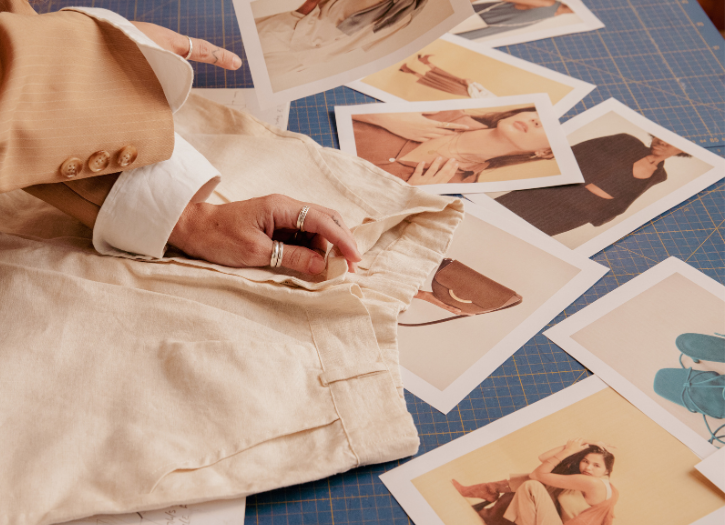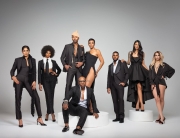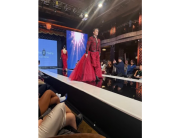Fashion is an integral part of our society, shaping how we dress, our culture, and our lifestyle. Fashion is essential in students’ self-expression, identity-building, and social integration. In this post, we will analyze the enormous effect of fashion on student culture and lifestyle, highlighting its impact on numerous facets of their lives.
Decoding the Impact of Fashion Trends on Student Identity
It’s undeniable that fashion holds an influential position when it comes to shaping students’ identities. The global fashion industry’s many styles and trends provide a vast canvas for young minds to paint their personalities. Fashion becomes a medium through which they can voice their creativity, manifest their preferences, and establish a unique identity.
When a student aligns with a particular fashion trend, it can be a statement of their individuality and personal taste. Conversely, those who opt to deviate from mainstream trends often use fashion as a vehicle to express their rebellious nature or distinctiveness. Thus, the choice of attire can become a powerful statement of self-identity.
Understanding Fashion as a Form of Communication in Student Culture
Fashion isn’t just about personal statements; it also becomes a form of non-verbal communication within student culture. The clothing students choose to wear can be a mirror reflecting their values, beliefs, and aspirations. It is not uncommon for students to show solidarity or dissent towards socio-economic, political, or environmental issues through their fashion choices.
In this way, fashion can become a silent yet powerful protest or endorsement. The choice of sustainable fashion, for instance, can express environmental awareness. Similarly, wearing handmade or local designs can denote support for small businesses. Thus, fashion choices can serve as solid and visually-communicated messages in student culture.
The Influence of Fashion on Student Lifestyle Choices
Fashion seeps into students’ lifestyles, influencing their purchasing decisions, recreational activities, and career preferences. The world of fashion is no longer confined to clothing and accessories. It now extends into home decor, technology, food and beverages, travel, and more, influencing students’ lifestyle choices.
The influence of fashion magazines, blogs, and social media platforms has reshaped how students spend their leisure time. Some students may follow fashion influencers, read fashion blogs, or even engage in DIY fashion projects. As a result, fashion dictates their wardrobe choices and shapes their hobbies, interests, and everyday activities.
However, it’s important not to become overly fixated on clothing alone. Your knowledge and abilities should not be measured by the clothes you wear. It would be beneficial to seek a writing assistant to elevate your skills and improve your academic performance. You can find all the necessary resources to enhance your educational journey and achieve success on writepaperfor.me.
Fashion and Social Media: A Significant Interplay
The emergence of the digital era has witnessed a fascinating interaction between the realm of fashion and the kingdom of social media. What once became mere communication tools, such as Instagram, Pinterest, Facebook, and TikTok, have evolved into vital fashion hubs. These platforms have exceeded their original purpose and have become instrumental in allowing students to stay updated with global fashion trends and providing a platform for them to showcase their fashion sense and unique style to a much larger audience.
Within these platforms, the influence of peers and fashion influencers significantly impacts students’ fashion choices and lifestyle decisions. The continuous digital exchange of fashion concepts and trends has revolutionized the culture of student fashion, making it more vibrant, ever-evolving, and deeply interconnected.
The Evolution of Fashion Education and Career Choices among Students
The impact of fashion on student culture extends even further, influencing education and career decisions. Style has evolved from a hobby or interest to a profound field of study and a lucrative career option. Institutions worldwide offer various fashion design, marketing, journalism courses, and more. It, in turn, encourages more students to explore fashion as a future career path, thereby changing the academic landscape.
However, if you’re facing challenges in learning as a designer while pursuing your path to becoming a marketing expert, there’s a simple solution available. Is it beneficial to order an essay paper on speedypaper.com? Whether you’re pressed for time or feeling overwhelmed with your paper, having an expert review it can be a great idea to ensure its quality and success.
Fashion as a Social Connector and Divider
Fashion is a powerful instrument for self-expression and identity building, but it also serves as a social connection and separator among students. On the one hand, familiar fashion tastes may develop a sense of belonging and strengthen ties within a group. Students may feel a connection with others who wear similar apparel or follow comparable fashion influences.
On the other hand, fashion can separate students into distinct groups or cliques, frequently depending on the clothes they wear. These distinctions can even lead to stereotyping, with judgments about a person’s personality or lifestyle based on their clothing choices.
The Role of Fashion in Health and Fitness Among Students
Fashion’s influence extends into the realm of health and fitness as well. With the rising popularity of activewear or ‘athleisure,’ fashion trends encourage students to lead more active, healthy lifestyles. Moreover, the fashion industry’s recent push towards body positivity and inclusivity is helping to challenge traditional beauty standards and promote a healthier body image among students.
Conclusion
To sum up, fashion incredibly influences student culture and lifestyle. It isn’t simply about what students wear; it’s about self-expression, communication, lifestyle choices, and even academic and career paths. The myriad facets of fashion influence students’ identity formation, express their values and beliefs and shape their daily activities and future aspirations.







Nice post